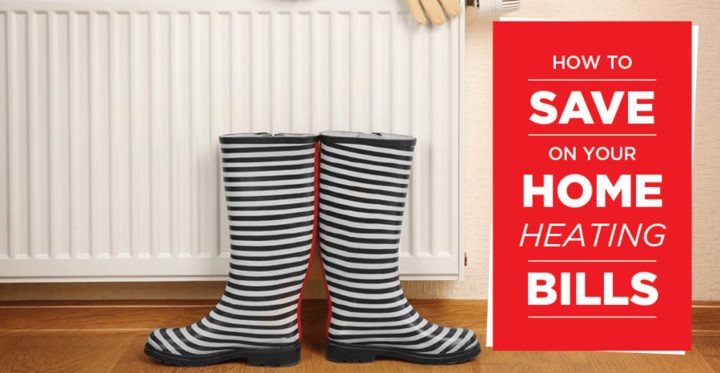How to Save on Your Home Heating Bills this Winter

There’s no need to spend thousands of dollars this winter to keep your home warm. While heaters are great to have on hand, they’re definitely not the only way to warm up your house. In fact, it’s just as much about keeping the cool air out as it is about keeping the warm air in.
So, here as some handy tips and tricks to ensuring your home is warm and cozy while keeping the costs down.
1. Trap the heat inside
As much as you can heat up the air inside your home, it’s important to also insulate the walls of your home to make sure that the warm air is kept inside. If you think about it logically, the air inside is circulated around your house, however the walls have a cold external element that is fighting against that warm air.
The first step is to close the curtains and blinds as the sun goes down. While the sun lets in beautiful warmth during the day, the glass gets cold as the temperature drops, both inside and outside. Closing the blinds is a simple fix, ensuring that cold air is trapped between the glass and the blinds, rather than entering the room. If you can, consider a two-prong approach by having blinds (that lie against the glass) and then curtains draped over them.
If you want to go one step further, pop some bubble wrap on the windows. It may not look pretty, but it does create a great (and very cheap) way of double glazing.
When it comes to the walls, hanging artwork, mirrors or even posters adds a layer of insulation. While solid brick or stone walls are still better than glass at insulating the room, they still get cold and allow heat to escape. Bookshelves are also a great solution to lean up against external walls to add an extra layer of insulation and trap that precious heat inside.
When it comes to your doors, both internal and external, you’d be surprised at how much warm air is escaping and how much cool air is finding its way inside. Something as simple as a door snake will fix the problem, or even just used rolled up towels. Also, don’t forget the keyhole! Gaps and cracks in walls are prime examples of places where heat escapes, and a keyhole is a direct link to the outside air.
2. Look down
Having carpet throughout your house is a great move as it’s a great insulator. But for rooms with floorboards, tiles or stone, it can get cold underfoot. If not well insulated, floors account for up to 10% of heat loss, so covering them up with some rugs can do wonders for your comfort levels and your wallet. They’re obviously also a great way to add color and aesthetic appeal to the room.
Remember to check for cracks or gaps in the flooring and make sure you nip these in the bud by sealing them up. Floorboards and skirting boards contract and expand as houses age and with everyday use, so it’s quite common for gaps to appear. Simply squirt some filler in the gaps but remember to use a filler that can tolerate the movement that will occur in the future.
3. Get cooking
Think about how warm your kitchen is when the oven is on. If you have an open plan living and dining area, cooking is a great way to warm up the air in the area. Plus, there will be gorgeous smells and something to eat at the end of it!
4. Time your heating
Heaters can be a fantastic way to keep your home warm, but they’ll always work best when used effectively. There’s no need to run your heat all day, especially if you’re not actually at home. Even when you are at home, if your heat source isn’t run on a thermostat, it can get very toasty very quickly. If you have a thermostat, always have it set to 68 or 70 degrees. While your body may be begging you to put it on a balmy 77 degrees, this is way too hot. In fact, 70 degrees is the optimal temperature for winter. If you don’t have a thermostat, try using a thermometer in the room to figure out the temperature.
It’s also worth using a timer. Put your heater on 30 minutes before you need it, rather than blasting it on a high temperature for a short period of time. Most people will want it on half an hour before they wake up and half an hour before they come home. This means you’ll wake up and arrive home from work to a toasty, welcoming house.
5. Close the doors
And we’re not just talking about the doors to the outside. If you’re not going to be using the study for the rest of the day, shut the door. Why heat a room that you’re not going to be using? Not only does this keep the warm air where you need it most, but it also prevents the cold air moving from that room into the rest of the house.
Saving money on your heating bills
We all know that heating and energy bills increase during winter, however there are several ways that you can minimize the need to be blasting heating constantly during the day. Whether it’s making sure your home is properly insulated, remembering to close all doors and windows or updating your flooring situation, it’s easy to minimize your costs and keep your family snuggly and warm.





